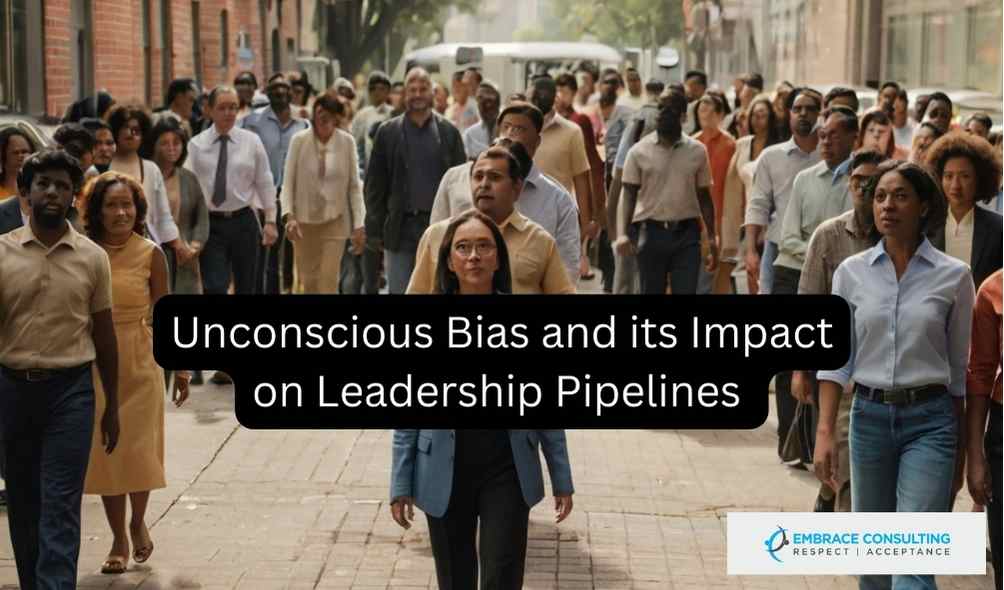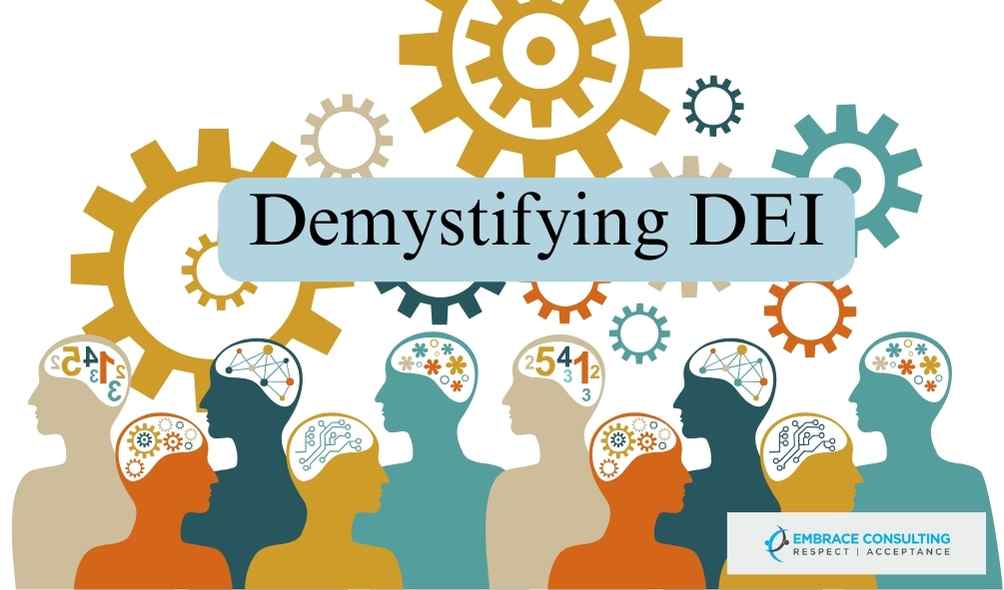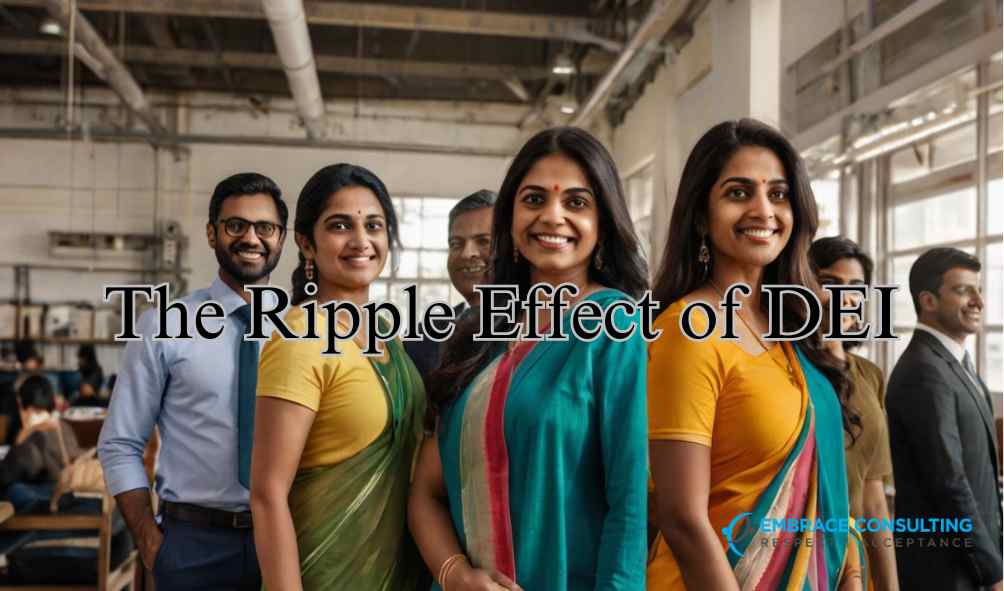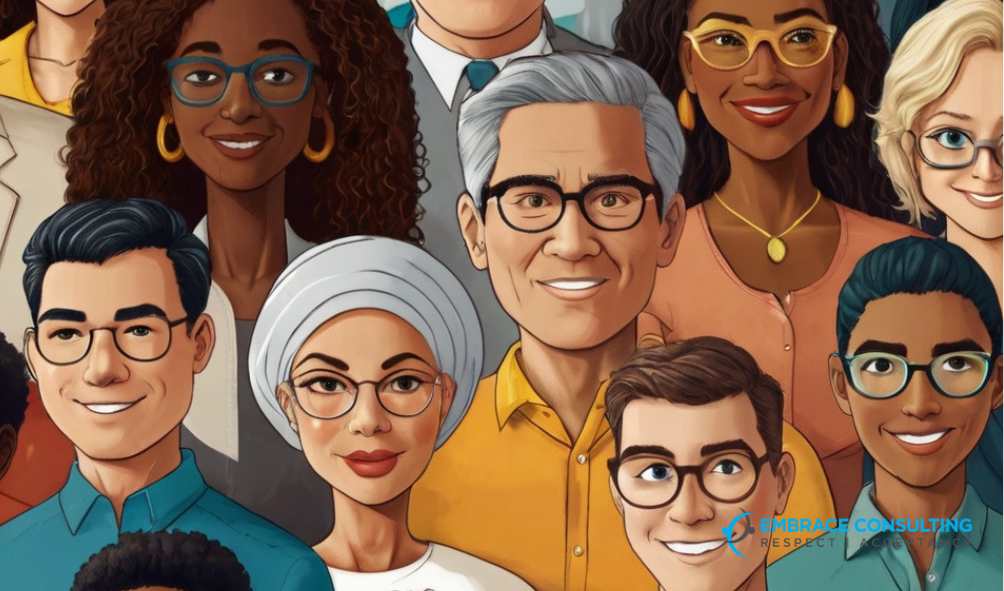Have you ever wondered why some workplaces thrive while others struggle?
The answer, increasingly evident, lies in the embrace of diversity, equity, and inclusion (DEI) initiatives. In a world where the workforce is more diverse than ever, companies are not just chasing trends; they are reshaping the future of work. Let’s explore the captivating trends that are transforming workplaces into hubs of inclusivity.
1. The Numbers Game:
Did you know that companies with diverse teams are 35% more likely to outperform their less diverse counterparts? The numbers don’t lie, and businesses are taking note. Apple, for instance, reported a 24% increase in underrepresented minorities in its U.S. workforce in just a year, showcasing the impact of intentional diversity efforts.
2. From Boardroom to Break Room:
Beyond statistics, there’s a paradigm shift in leadership accountability. Microsoft’s bold step in tying executive bonuses to diversity goals is not just a financial move; it’s a statement. CEOs, like Satya Nadella, are recognizing that fostering inclusion is not just an HR checkbox but a strategic imperative.
3. Virtual Reality, Real Impact:
Imagine stepping into someone else’s shoes, literally. Virtual reality (VR) is breaking ground in diversity training. Companies like Accenture are using VR simulations to build empathy and awareness, creating a workplace culture that transcends biases and fosters genuine understanding.
4. ERGs: The Power of Unity:
Employee Resource Groups (ERGs) are no longer just clubs; they are catalysts for change. Google’s Women@ group, for example, spearheaded initiatives resulting in a 30% increase in female leadership. ERGs are not just networks; they’re engines driving diversity initiatives from within.
5. Mental Health Matters:
In a fast-paced world, mental well-being is no longer a taboo topic. Ernst & Young’s (EY) “R U OK?” initiative encourages open conversations about mental health, aiming to create a workplace where every employee feels supported. Because, let’s face it, a healthy mind contributes to a thriving workforce.
6. Supplier Diversity: Beyond the Office Walls:
The commitment to inclusivity isn’t confined to internal operations. PepsiCo’s supplier diversity program, for instance, has not only increased the number of diverse suppliers but also created a ripple effect, fostering economic empowerment in communities.
As we navigate the evolving landscape of inclusive workplaces, it’s clear that the game is changing. It’s not just about hiring a diverse workforce; it’s about creating an environment where every individual feels valued, heard, and empowered. These trends aren’t merely checkboxes on an HR form; they are the building blocks of a workplace revolution. The future belongs to those who embrace diversity, champion equity, and weave inclusion into the fabric of their corporate culture. After all, the most successful workplaces aren’t just diverse; they’re dynamically inclusive.











